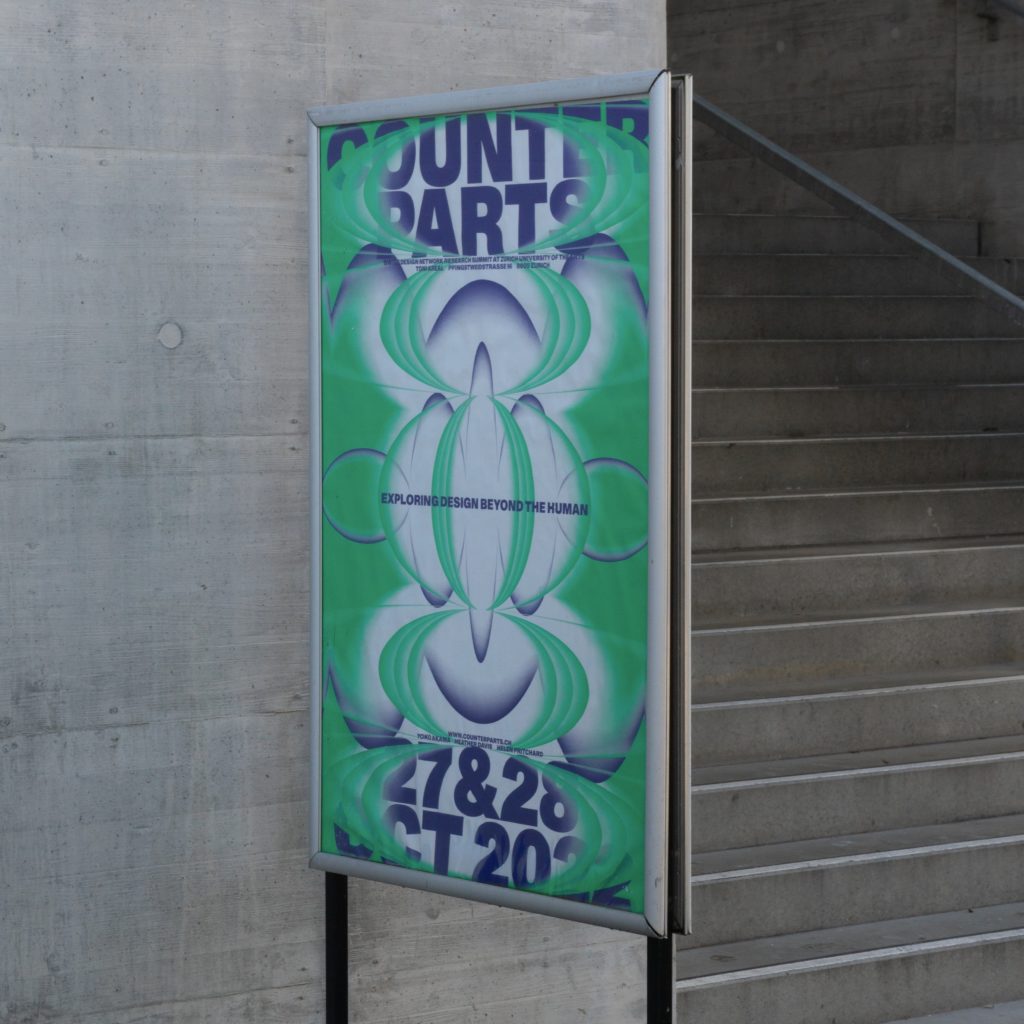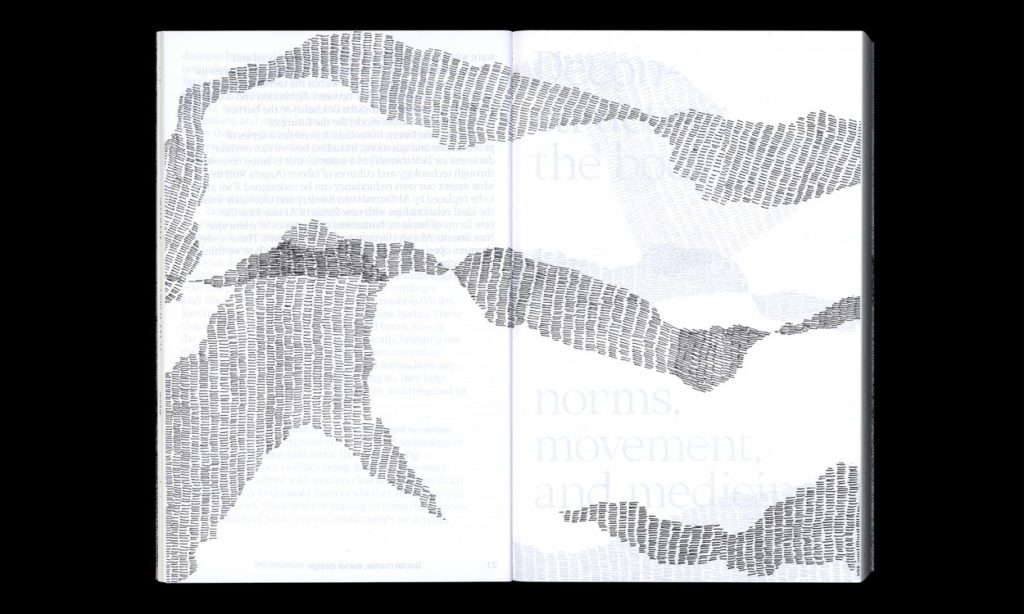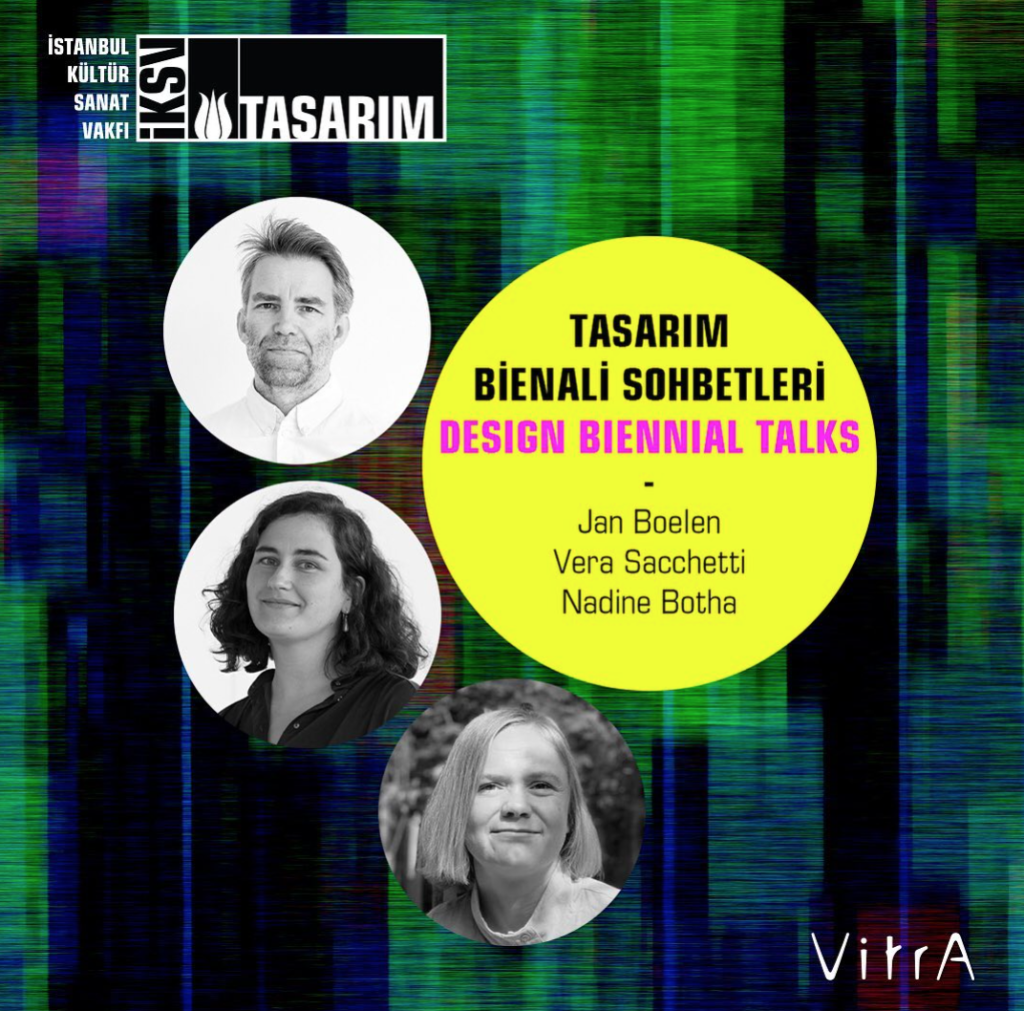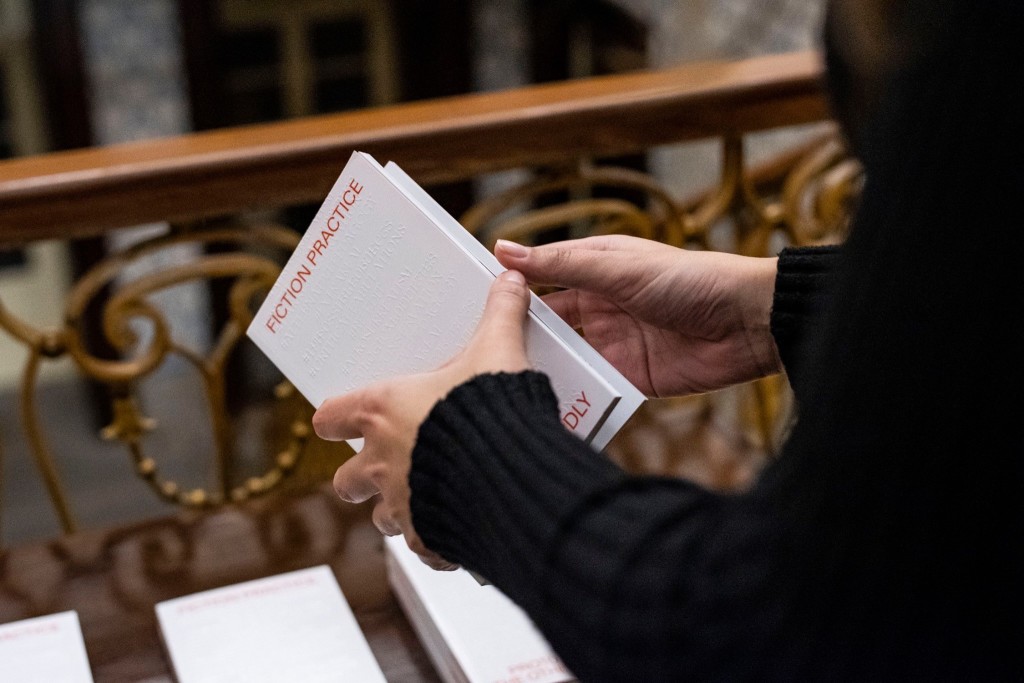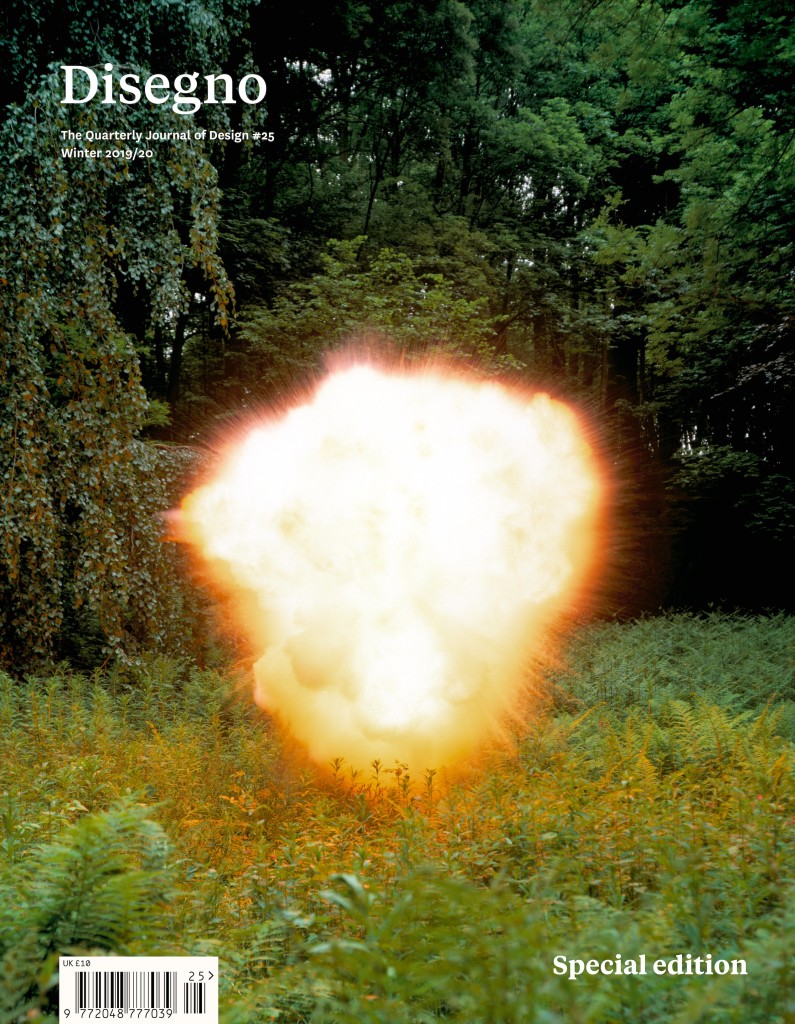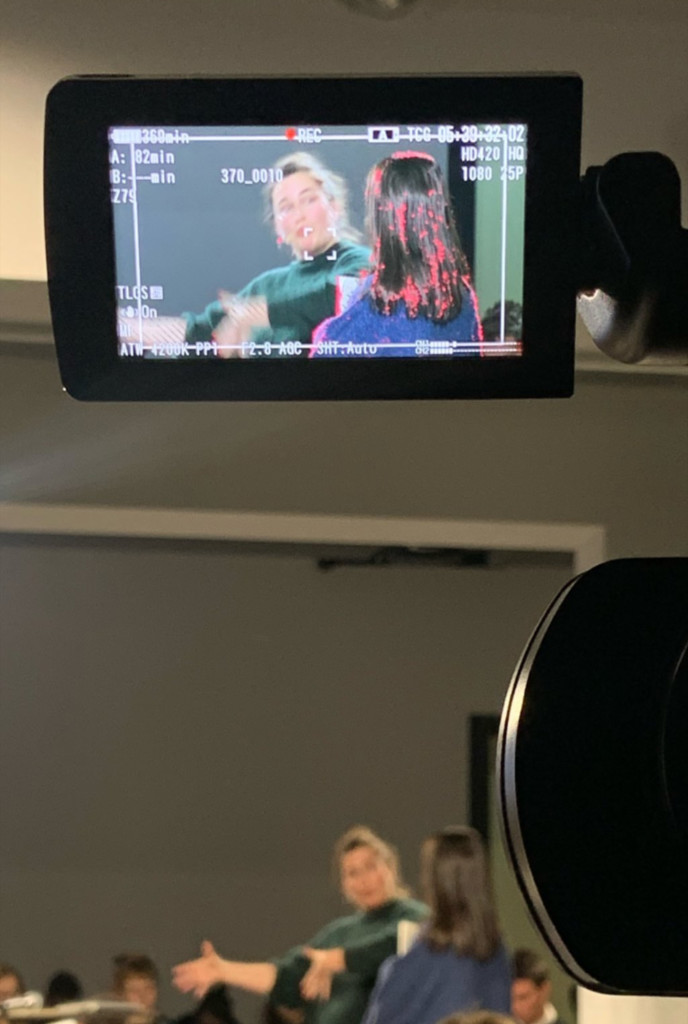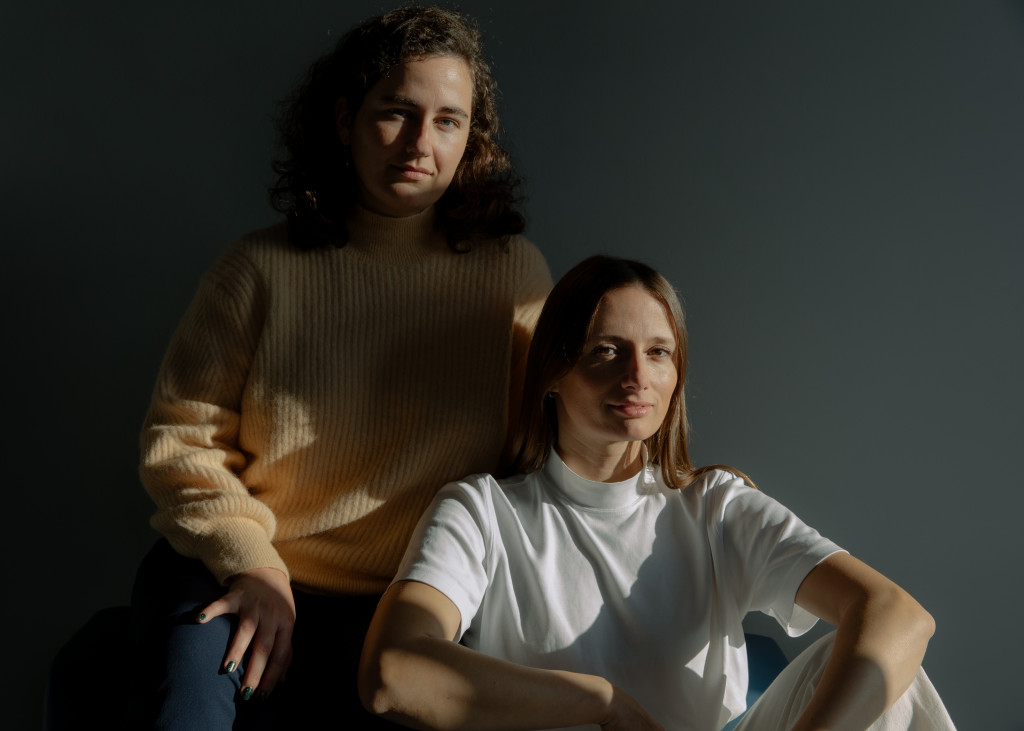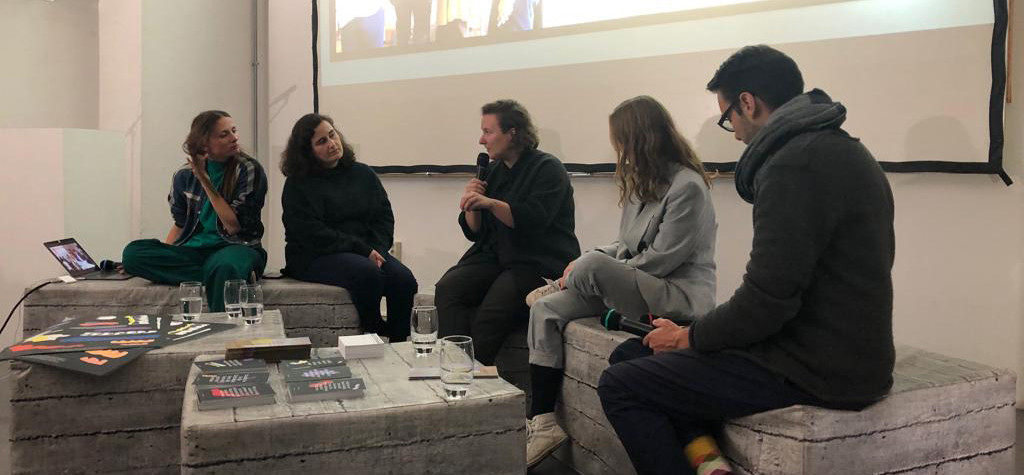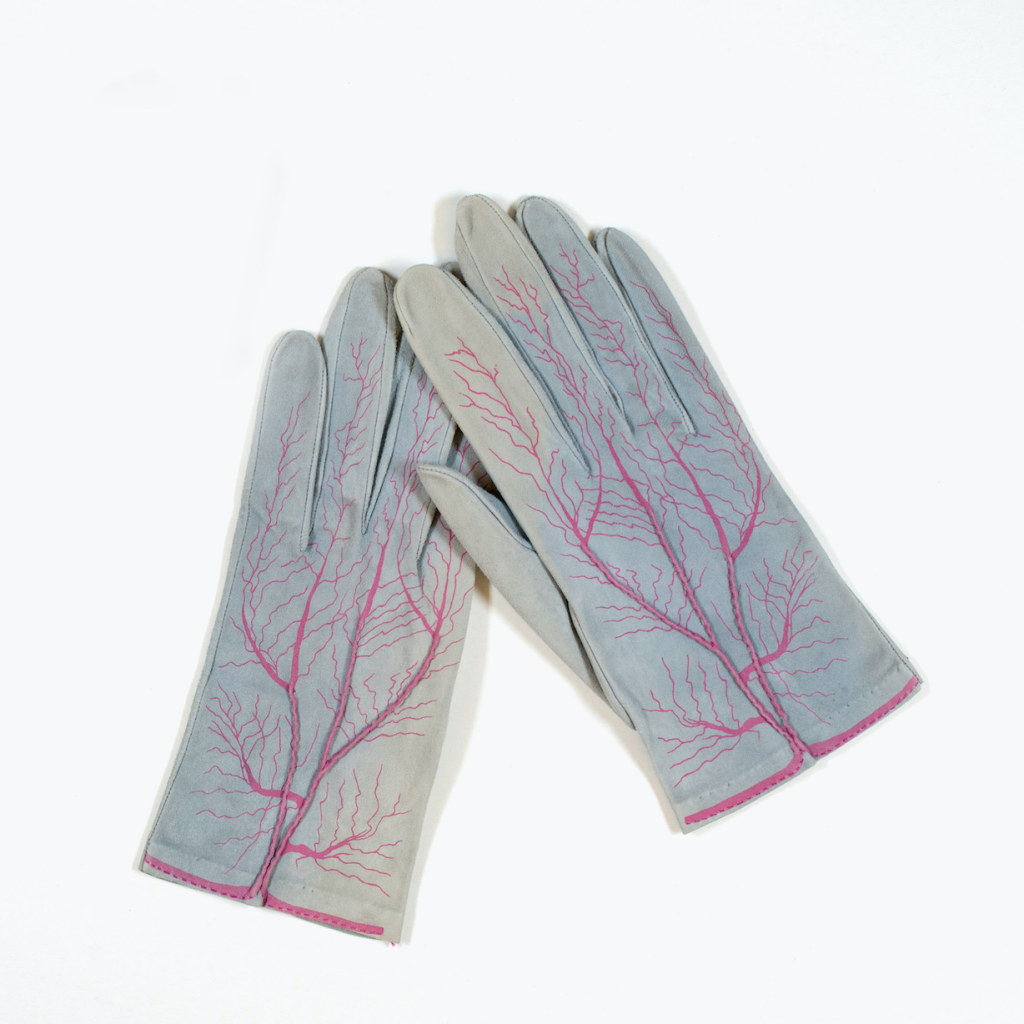
Meret Oppenheim, Gloves (Parkett Edition, no. 116/150), 1985
Courtesy of Ursula Krinzinger, photo: Jasha Greenberg, copyright for the works of Meret Oppenheim: © VG Bild-Kunst,Bonn 2019
I contributed an essay on the entanglements between Surrealism and gender for the catalogue of the Vitra Design Museum’s recent exhibition on the movement, titled Objects of Desire: Surrealism and Design 1924-Today and curated by Mateo Kries and Tanja Cunz. My essay proposes a re-evaluation of Surrealist notions of love and violence, analysing their relevance in the twenty-first century and detailing the problematic relationship between the two terms from the inception of Surrealism to the present day. It also covers the movement’s problematic relationship with gender, and with women in particular. It starts off with this fantastic quote by Leonora Carrington:
“The idea that ‘Our Masters’ are right and must be loved, honored and obeyed is, I think, one of the most destructive lies that have ever been instilled into the female psyche. It has become most horribly obvious what These Masters have done to our planet and her organic life. If women remain passive I think there is very little hope for the survival of life in this earth.â€
– Leonora Carrington, 1970
The refusal to let women in is something that can be widely observed in the Surrealist movement. While it has been pointed out several times that women were indeed part of Surrealism, their voices were rarely heard, and even then, only well into the 1940s and later when the movement has arguably already dissolved and mutated, having lost much of its initial impetus. Yet, if women’s voices were overwhelmingly excluded, or just not recorded as part of the discourse, their bodies on the other hand were everywhere, as the prime subject of the male gaze in literature, films, the visual arts, and photographs. For the Surrealists, the woman is the ungraspable and fascinating other, the object of ecstatic love, the cause of ultimate misery and madness. Yet, no dialogue with this ungraspable other is attempted; instead, she is only further fetishized, imagined, objectified, destroyed.
My essay ends with a plea for a re-evaluation of the movement, and a revisionist take that doesn’t seek to redeem the male Surrealists’ reinforcement of patriarchal power relations.
It is perhaps by looking to the margins of the movement and peering into the interstices for traces of instability, that a re-evaluation of Surrealism can happen—beyond the misogyny, the violence, and objectification of women, and outside the gender binary. The power relations advocated by the Surrealists “are not natural but social constructsâ€, as Kuenzli asserts. “The male Surrealists’ blatant reinforcement of patriarchal power relations should not be theorized away in order to redeem Surrealismâ€, he continues. “They should be resisted, they should be rejected.â€Â It is in this rejection, combined with an exploratory, revisionist attitude beyond the binary, where a dismantling of the Surrealist canon can begin.


